
Emma Goldman was a Russian-born anarchist, political activist, and writer. She played a pivotal role in the development of anarchist political philosophy in North America and Europe in the first half of the 20th century.
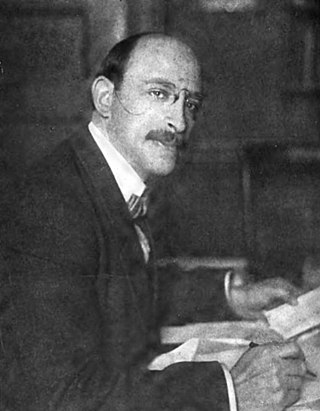
Alexander Berkman was a Russian-American anarchist and author. He was a leading member of the anarchist movement in the early 20th century, famous for both his political activism and his writing.
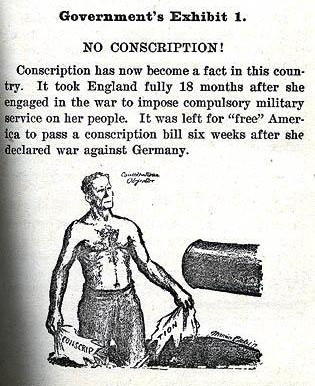
The No Conscription League was an anarchist organisation designed to promote anti-draft manifestos and aid those who refused military service. The league lasted for six weeks and was used to charge its founders Emma Goldman and Alexander Berkman with conspiracy to obstruct the draft.
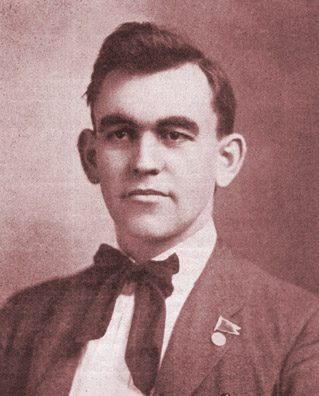
Thomas Joseph Mooney was an American political activist and labor leader, who was convicted with Warren K. Billings of the San Francisco Preparedness Day Bombing of 1916. It quickly became apparent that Mooney and Billings had been convicted based on falsified evidence and perjured testimony; and the Mooney case and campaigns to free him became an international cause célèbre for two decades, with a substantial number of publications demonstrating the falsity of the conviction. These publications and the facts of the case are surveyed in Richard H. Frost, The Mooney Case. Mooney served 22 years in prison before finally being pardoned in 1939.
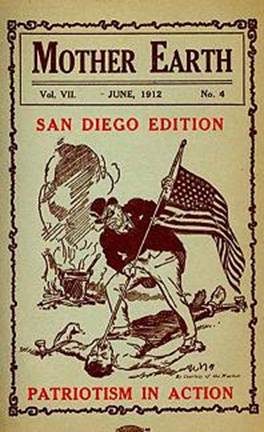
Mother Earth was an American anarchist journal that described itself as "A Monthly Magazine Devoted to Social Science and Literature". Founded in early 1906 and initially edited by Emma Goldman, an activist in the United States, it published articles by contemporary activists and writers in Europe as well as the US, in addition to essays by historic figures.
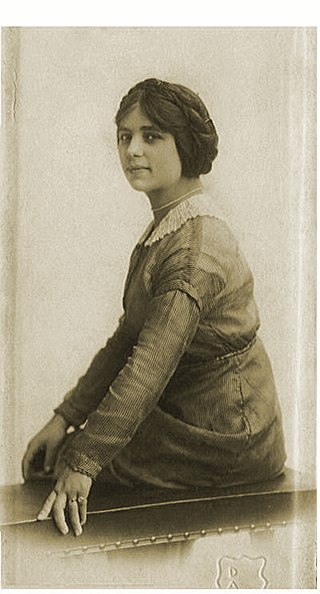
Fanya Anisimovna Baron was a Lithuanian anarchist revolutionary. She spent her early life participating in the Chicago workers' movement, but following the Russian Revolution in 1917, she moved to Ukraine and participated in the Makhnovist movement. For her anarchist activities, she was arrested and executed by the Cheka.
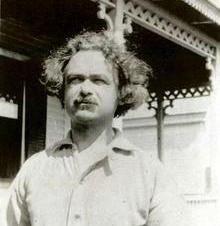
Hippolyte Havel (1871–1950) was an American anarchist who was known as an activist in the United States and part of the radical circle around Emma Goldman in the early 20th century. He had been imprisoned as a young man in Austria-Hungary because of his political activities, but made his way to London. Then in the British metropolis he met anarchist Emma Goldman on a lecture tour from the United States. She befriended him and he immigrated to the United States.
In the United States, anarchism began in the mid-19th century and started to grow in influence as it entered the American labor movements, growing an anarcho-communist current as well as gaining notoriety for violent propaganda of the deed and campaigning for diverse social reforms in the early 20th century. By around the start of the 20th century, the heyday of individualist anarchism had passed and anarcho-communism and other social anarchist currents emerged as the dominant anarchist tendency.

The Preparedness Day Bombing was a bombing in San Francisco, California, United States, on July 22, 1916, of a parade organised by local supporters of the Preparedness Movement which advocated American entry into World War I. During the parade a suitcase bomb was detonated, killing 10 and wounding 40 in the worst terrorist attack in San Francisco's history.
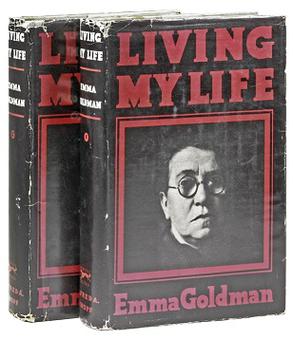
Living My Life is the autobiography of Lithuanian-born anarchist Emma Goldman, who became internationally renowned as an activist based in the United States. It was published in two volumes in 1931 and 1934. Goldman wrote it while living in Saint-Tropez, France, following her disillusionment with the Bolshevik role in the Russian revolution.

This version of Mother Earth was an anarchist periodical aimed at the discussion of progressive issues. It was in circulation among people in the radical community in the United States from 1933–1934.

Now and After: The ABC of Communist Anarchism is an introduction to the principles of anarchism and anarchist communism written by Alexander Berkman. First published in 1929 by Vanguard Press, Now and After has been reprinted many times, often in partial or abbreviated versions, under the titles What Is Communist Anarchism?, What Is Anarchism? or The ABC of Anarchism.

The Bolshevik Myth is a book by Alexander Berkman describing his experiences in Bolshevist Russia from 1920 to 1922, when he saw the aftermath of the Russian Revolution of 1917. Written in the form of a diary, The Bolshevik Myth describes how Berkman's initial enthusiasm for the revolution faded as he became disillusioned with the Bolsheviks and their suppression of all political dissent.

Louise Berger was a Russian Latvian anarchist, a member of the Anarchist Red Cross, and editor of Emma Goldman's Mother Earth Bulletin in New York. Berger became well known outside anarchist circles in 1914 after a premature bomb explosion at her New York City apartment, which killed four persons and destroyed part of the building.
Alexander "Sanya" Moiseyevich Schapiro or Shapiro was a Russian anarcho-syndicalist activist. Born in southern Russia, Schapiro left Russia at an early age and spent most of his early activist years in London.
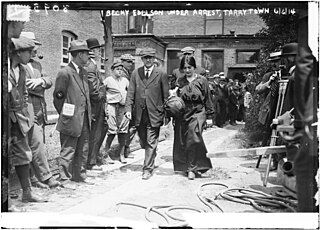
Rebecca Edelsohn, in contemporary sources often given as Becky Edelson, (1892–1973) was a Latvian American anarchist and hunger striker who was jailed in 1914 for disorderly conduct during an Industrial Workers of the World speech. According to The New York Times, she was the first woman to attempt a hunger strike in the United States.
Warren Knox Billings was a labor leader and political activist, who was convicted with Thomas Mooney of the San Francisco Preparedness Day Bombing of 1916. It is believed that the two were wrongly convicted of a crime they did not commit. Billings served 23 years in prison before being released in 1939 and finally being pardoned in 1961 by governor Edmund G. Brown.
Mary Eleanor Fitzgerald was an American editor and theatre professional, best known for her association with Emma Goldman and Alexander Berkman, and with the Provincetown Players.

Modest Stein (1871–1958), born Modest Aronstam, was a Lithuanian Jewish and American illustrator and close associate of the anarchists Alexander Berkman and Emma Goldman. He was Berkman's cousin and intended replacement in the attempted assassination of Henry Clay Frick, an industrialist and union buster, in 1892. Later Stein abandoned active anarchism and became a successful newspaper, pulp magazine, and book illustrator, while continuing to support Berkman and Goldman financially.
Cassius V. Cook was an American anarchist activist, writer and publisher.
















